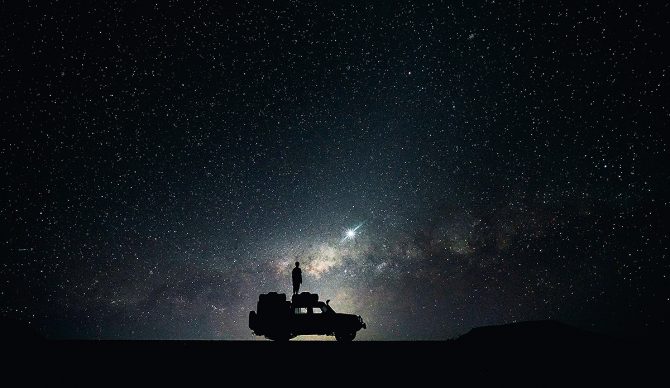
Photo: Jonatan Pie
The ocean is our happy place, our source of inspiration, and our home. And it’s full of plastic. In fact, according to Ocean Conservancy, 28 Billion pounds of plastic end up in our oceans every year, making it seem impossible to ever have clean waters.
That’s why a friend and I decided to take on a mission: a three-week road trip in which we’d use no plastic. At least that was the intention. That road trip and those three weeks showed us it’s almost impossible to live a completely plastic-free life. We needed a car, surfboards, and camera equipment, which all contained some kind of plastic. Instead of giving in to frustration, we decided to reduce plastic waste as much as possible and ban single-use plastic items out of our life, which are often least likely to be recycled, ending up in the ocean instead.
Here are the eight tips we can now give you to make an impact:
1. Change your shopping patterns
On our trip, we noticed that about 90 percent of the products in every supermarket are wrapped in plastic. Really, everything is wrapped in plastic, so we made a big change in our shopping habits. We tried to buy from local fruit and vegetable shops and focused on buying fresh products or products which we could use more than once (see #7).
2. Slow Down
We are so lazy and stressed that we often take the fast route in life, which tends to involve plastic. Snacks wrapped in plastic, ready-made couscous in plastic, cherry tomatoes in plastic, etc. To minimize plastic use, we sometimes need to slow down, spend more time cooking healthy foods, go to several food stores, and create our own plastic-free things (we crafted our own shopping bags, surf wax bags with recycled plastic, we roasted our own muesli, made our own bins out of used paper and so on).
3. Find alternatives
There are so many great brands and products that make a positive impact. We came across everything from zero waste toothpaste and bamboo toothbrushes to upcycled rubber sandals. A bit of research is really helpful and can replace some of the most-frequently used plastic-items.
4. Reduce. Reuse. Recycle.
To not produce plastic waste, we should try to re-use the items we buy. Our glass containers, for example, were used to store our food, our cutlery, for drinking wine or water, and for our morning chia bowl. When we bought water in glass bottles, we kept them so we could refill them again. When we got paper shopping bags, we kept them and used them as a bin. At the beginning of the trip, we also bought really thin cotton bags, which we used to do our vegetable, nut and fruit shopping without being forced to use the plastic bags.
5. A little bit is better than nothing
Every time we went surfing, we took as much trash back to the car with us as our hands could carry. One day we did a beach cleanup when a five-year-old girl decided to join us. After five minutes, she turned to us and said “It‘s so boring, but I do it for the protection of nature. And if everyone takes a little bit, we have a clean beach soon.”
6. Minimize plastic waste
One of the biggest issues before we started our plastic-free road trip was deciding what to take and what to leave behind. First, we wanted to replace all the plastic items that we own. For example, we were thinking of buying a new bamboo hair brush instead of keeping our plastic hairbrush. This meant we would create plastic waste, though, so we decided we just have to be more aware of the things we own and buy. The aim of everything should be to minimize the plastic waste that is very likely to end up in our environment.
7. Say no to plastic
Even though we tried really hard to avoid plastic during our trip, there were still occasions when we produced plastic waste. The most common were:
— Constantly forgotting to tell vendors we didn’t need a straw.
–Ordering our ice cream in a cone and forgetting to tell vendors we didn’t need a plastic spoon.
–Grocery store workers bagging our groceries in plastic before we had a chance to say, “no thanks” (we always returned them).
Saying no in advance is something we really needed to learn because sometimes we simply didn’t think that our healthy smoothie would come with a straw or that the ice cream in a cone would be served with a plastic spoon. Every time we remembered it felt even better. We seriously had to train ourselves.
8. Sharing is caring!
We realized that one way to reduce plastic use is to talk about it and share the message with others. During our road trip, we organized presentations in surf shops to tell people about our experiences and our learnings. We are no experts, but talking about it and listening to other ideas can make such a big impact. Our three-week trip taught us valuable lessons that will last us a lifetime and we both made a lot of changes as a result.
Follow #missionplasticfree for more inspiration, tips and impressions from this project.

